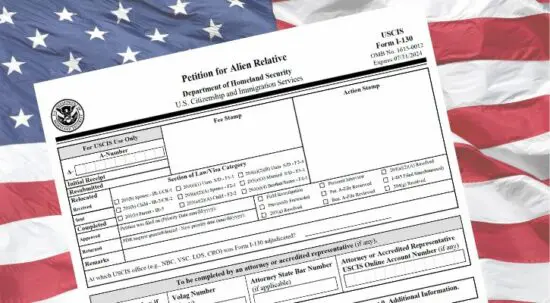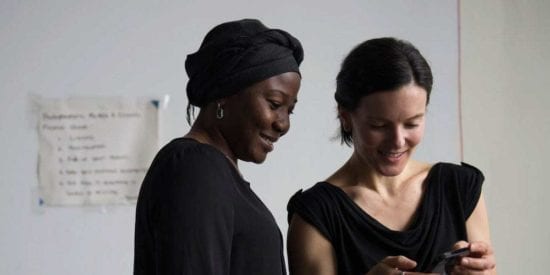Equal rights
Women in the USA have the same legal rights as men. They can go to school, get a job, own property, and vote. Women can also run for political office and serve in the military. However, gender discrimination can still happen. This means treating someone unfairly because they are a woman. There are laws, like the Equal Pay Act and Title VII of the Civil Rights Act, that protect against this. Sometimes women still face challenges with equal pay, job promotions, or fair treatment at work.
Work
Women in the USA make up almost half of the workforce. They work in many types of jobs, from teaching to engineering. There are no laws that say only men or only women can do certain jobs. However, women often earn less than men and can face challenges in getting promotions or moving up in their careers.
There are fewer women in leadership positions. For example, there has never been a woman president, and only 28% of Congress members are women. Many companies also have more men than women in executive roles. This can affect opportunities for women to advance.
Some immigrants may find it new to have a female boss or work with women leaders. In the USA, jobs are given based on skills, so both men and women can be bosses. Workplaces must also follow laws that prevent discrimination based on gender.
Many women also balance work with caring for their families. In families where both parents work, men and women often share household chores.
Learn more about women at work.
Education
Education is important for women in the USA. By law, all children, including girls, must attend school until they reach a certain age. This is usually 16 or 18, depending on the state. Girls are encouraged to continue their education beyond high school and attend college. They can study any subject, including science, business, and engineering.
Health
Women in the USA are encouraged to take care of their health by visiting doctors regularly. There are doctors who specialize in women’s health, called gynecologists, who help women with issues like pregnancy, birth control, and general health. Women have the right to make their own choices about birth control and reproductive health.
Learn more about a women’s health appointment.
Family and marriage
In the USA, women can choose if and when they want to get married or have children. Many women focus on their education and careers before starting a family. Once they have children, women usually take time off from work, called maternity leave. Under federal law, eligible women can take up to 12 weeks of unpaid leave after giving birth, through the Family and Medical Leave Act (FMLA).
In American families, both men and women often share responsibilities at home. This includes chores like cooking and cleaning, and both parents may take care of the children.
Learn more about parenting laws.
Abuse and safety
In the United States, about 1 in 4 women experience physical violence, sexual violence, or stalking by an intimate partner during their lifetime. Abuse is illegal, and women can call the National Domestic Violence Hotline for help if they are in an abusive situation. It is important to know that abuse is not acceptable and there are laws to protect women from harm.
Learn more about domestic violence and how to get help.
Personal choices and lifestyles
Women in the USA have the freedom to make personal choices about their lives. Many women choose to live on their own, travel, or move to different cities for work or education. Women can decide to follow the lifestyle that best fits their goals and values. This could mean choosing to stay single, delaying marriage, or focusing on their career before starting a family.”
Women’s clothing
Women in the USA may dress differently than women in other cultures. They can choose to wear pants, skirts, or shorts, and it is common for women to wear casual clothing, like jeans and t-shirts. Some women may wear more revealing clothes, and in the USA, this does not reflect badly on a woman’s character. Clothing choices are personal, and women are free to dress how they feel comfortable.
Some Muslim women may choose to wear a hijab (headscarf) as part of their religious beliefs. This is a personal decision and is respected in the USA. It is important to know that workplaces and schools are generally accepting of religious clothing.
Cultural differences
The USA is home to people from many different backgrounds and cultures. Because of this, women’s experiences may vary. Some women may choose to follow the norms of their home country. This is okay and part of how the USA celebrates diversity.
There are over 23 million immigrant women living in the USA. Immigrant women make up 14% of the entire population in the USA. They come from a diverse range of countries and cultures and have different levels of education and work experience. They may face unique challenges such as language barriers, lack of family support with children, and limited education before coming to the USA.
Find support
USAHello is here to help you, with free GED classes to continue your education, information on finding free English classes, and childcare, among other resources. Our website is filled with information to support your needs.
You can also reach out to your local community centers and immigrant organizations. These organizations can provide assistance with learning English, school enrollment, finding a job, and getting medical and legal help. They can also offer support for those experiencing domestic violence or mental health issues.
You can also join local women’s groups or support groups to connect with immigrant women in your community.
A note about women’s history
The way women in America are treated now is very different than it was about 50 years ago. Back then, women stayed at home with the children and men went to work. Between the late 1960s and early 1980s, women fought to be treated equally. They protested in the streets and worked to change laws about important issues, like health and safety. This movement, called the Women’s Liberation Movement, allowed women more freedom to choose how they live their lives.

Find legal help, English classes, health clinics, housing support, and more. Search a local map and list of services for immigrants in the USA with the app FindHello.
We aim to offer easy to understand information that is updated regularly. This information is not legal advice.







